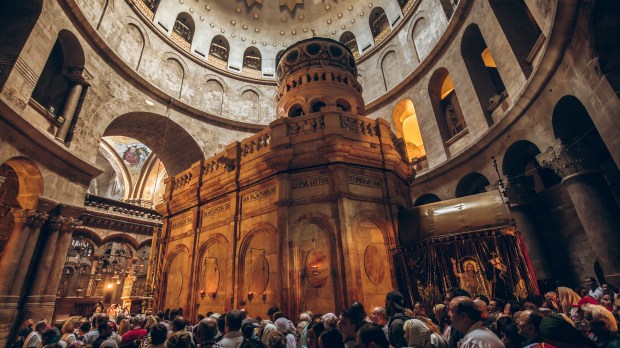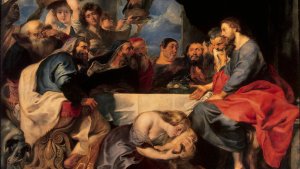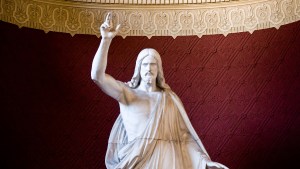The concept of the sacred is shared in some way across cultures, religions, and philosophical traditions. Broadly speaking, the idea of the sacred refers to that which is quite literally set apart from the everyday – perhaps even from earthly life itself. As is often the case with this kind of notion, one needs to look at the etymological origins of the word.
The English sacred derives from the Latin sacer. The word is not easy to translate, as it has different meanings depending on the context. On the one hand, it might mean that something or someone has been dedicated to a divinity. On the other hand, this dedication might imply sacrifice. Something sacred can be set apart as in being “fated for destruction” –namely, a “sacred” animal, set apart to be sacrificed. Indeed, the Latin word has connections to the Indo-European base sak, meaning to sanctify. The words sacerdos (priest, in Latin) and sacrifice share this same root: the sacerdos is the one who performs the sacrifice. And whereas the priest is the one in charge of making things sacred, he is also one who is set apart. The Greek equivalent, hieros, echoes this notion, emphasizing the separation of the sacred from the profane (meaning daily or ordinary). This linguistic drive reflects the instinctive human impulse to demarcate spaces, objects, or moments as sacred, investing them with a special significance beyond the ordinary.
As can be seen, the sacred applies to religious rituals and sacred spaces, yet it can also apply to revered texts and objects set apart from the everyday. The notion encompasses the spiritual, the numinous, and the mystical, providing a framework for understanding our relationship with the divine.
Across cultures, the sacred often acts as a bridge between the earthly and the divine – while also, paradoxically, highlighting the distance between one and the other.
Now, the sacred is not confined to religious contexts alone. Pervasive as it is, the notion permeates various aspects of human experience, including art, nature, and interpersonal relationships – namely, sacred art, places deemed holy, and sacramental unions.
The recognition of the sacred in everyday life fosters a deeper appreciation for the interconnectedness of all things and encourages a more mindful and reverential approach to existence.



